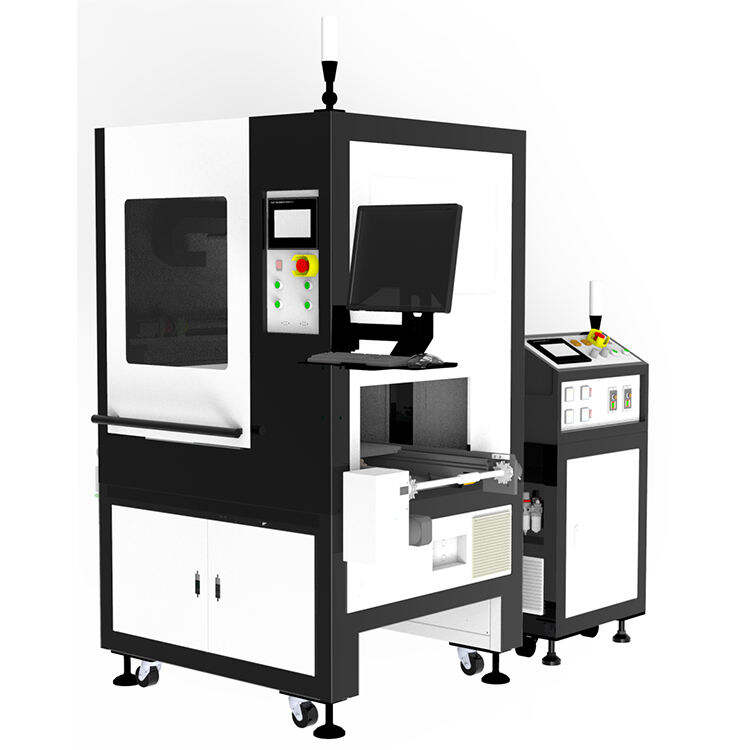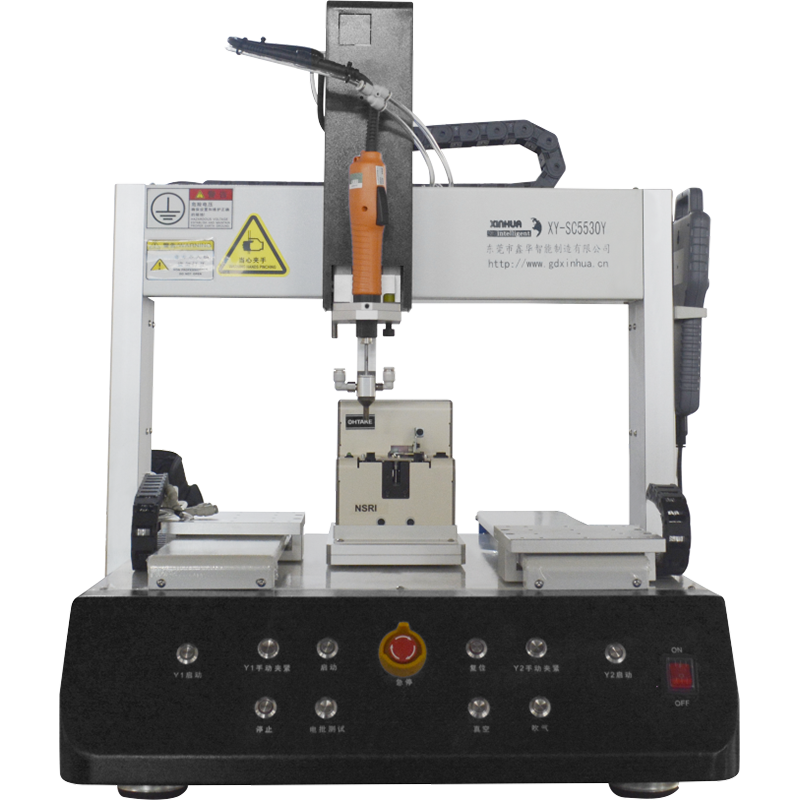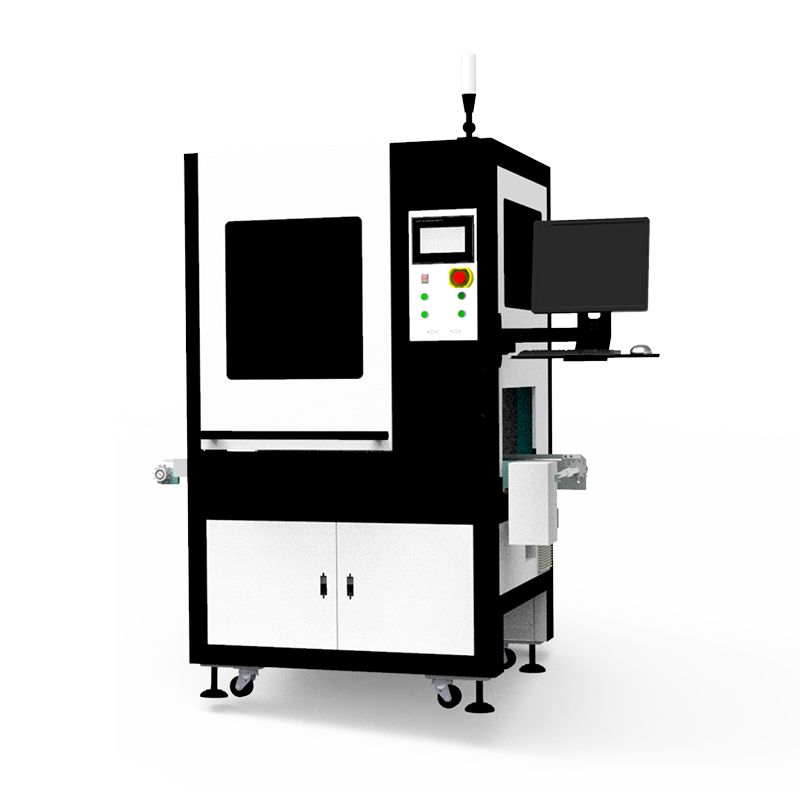 ×
×
UV polymerization is a critical process in electronics manufacturing that enhances component bonding through a rapid chemical reaction. It involves the use of UV light to initiate polymerization, causing molecules to cross-link and form a solid material within seconds. This process significantly reduces curing time compared to traditional methods, which rely on thermal activation and can take much longer. The advantages of UV polymerization include decreased energy consumption, minimized waste, and improved bonding strength, making it a more sustainable alternative. For instance, electronics manufacturers have reported up to a 70% improvement in production efficiency and bonding quality, as highlighted by industry assessments.
In the realm of miniaturization, UV curing plays an indispensable role by allowing for the integration of smaller components and maintaining tighter tolerances necessary for advanced electronics. This process supports the trend toward creating compact devices by ensuring that even the smallest parts are securely bonded with precision. Industry reports emphasize that as electronics continue to shrink in size, UV curing becomes increasingly vital for maintaining structural integrity. Technologies like flexible PCBs and microprocessors often utilize UV curing to ensure high reliability despite their reduced dimensions. Such applications underscore the technology's growing importance in the miniaturization trend.
UV curing technology significantly accelerates production processes, a key benefit over traditional curing methods. Unlike conventional techniques that can take hours or days, UV curing can solidify adhesives and coatings in mere seconds, meeting the needs of high-speed assembly lines that prioritize efficiency. For manufacturing companies, rapid curing translates to reduced cycle times and improved throughput. For instance, electronics firms employing UV curing have reported enhanced production timelines and increased output. This efficiency is integral in sectors like PCB manufacturing, where timely production is crucial to meeting high-volume demands.
UV curing ensures superior bond strength, which is essential for thermal resilience in electronic applications. The chemical process involved in UV curing creates robust connections capable of withstanding extreme temperatures and stresses. Studies have shown that UV-cured components exhibit greater durability compared to those cured by alternative methods. This thermal resilience is critical in industries such as automotive and aerospace, where components must endure harsh environments. By integrating UV curing, manufacturers can ensure their products maintain structural integrity under varying conditions, safeguarding performance and reliability.
Advanced glue dispensers play a vital role in enhancing the precision of UV curing applications. These dispensers offer advantages such as improved accuracy, reduced waste, and better production quality. Utilizing technologies like automatic dispensing systems, manufacturers can achieve micro-level control in applying adhesive, which is crucial for intricate electronic devices. Products like woodworking glue dispenser are instrumental in industries that require precise application to prevent excess adhesive, thus enhancing overall efficiency. This trend represents a shift towards integrating technology to achieve superior precision and quality in production processes.
Next-generation UV LED curing systems are revolutionizing electronics manufacturing, offering numerous advancements over traditional UV sources. These systems are known for their energy efficiency and lower heat output, making them a preferred choice for manufacturers seeking sustainable solutions. UV LED curing reduces energy consumption significantly, which not only lowers operational costs but also minimizes environmental impact. Market statistics reveal continuous growth in the adoption of UV LED systems, reflecting their increasing popularity in manufacturing. In fact, more companies are shifting towards this technology to enhance productivity and achieve higher energy efficiency. Businesses like those in semiconductor production have successfully implemented UV LED curing systems to improve their processes and product quality.
Industry 4.0 is transforming the manufacturing landscape, integrating advanced technologies like UV curing into automated processes. UV curing is particularly relevant in this context as it complements automation efforts by reducing human error and enhancing production speed. Automated UV curing solutions help streamline operations, ensuring products meet high standards of precision and consistency. Experts in manufacturing technology foresee UV curing playing a significant role in the future, with facilities increasingly adopting these solutions under Industry 4.0 practices. Real-world examples include electronics manufacturing plants where UV curing systems are seamlessly integrated into automated production lines, exemplifying the next evolution of smart manufacturing.
The ON LINE DOUBLE LIQUID GLUE FILLING MACHINE plays a critical role in UV curing processes by ensuring precise adhesive application. This machine's advanced technology, such as the servo and stepper motor control for metering pumps, allows for exact glue mixing and dispensing ratios from 1:1 to 100:1. With its integration into automatic assembly lines and three-axis platforms, it achieves precision in adhesive dispensing, crucial for enhancing production quality and efficiency. Various manufacturers have attested to improvements in efficiency and quality through case studies, showcasing the machine's capabilities in real-world applications.

4AXIS AUTO SCREW-DRIVING MACHINES significantly enhance assembly line efficiency by streamlining processes with a dual-platform setup. Their synchronization with UV curing cycles ensures minimal downtime, optimizing productivity. Feedback from users highlights improved operational benefits due to reduced manual intervention and increased throughput in production settings. As automation continues to advance, the future of auto screw-driving technology anticipates innovations that will further elevate productivity by integrating even more sophisticated feedback loops and precise control systems.

Automatic screw locking machines are pivotal in maintaining the integrity of cured components, providing reliable post-curing fastening solutions. By automating the screwing process, this technology enhances production efficiency and ensures consistent quality in the finished products. Industry case studies and expert analyses consistently highlight the machine's contribution to operational efficiency and quality assurance, emphasizing its critical role in modern manufacturing. Future trends in screw-locking technology focus on further integration with AI and machine learning for even more adaptive and responsive manufacturing environments.

The demand for sustainable practices in electronics manufacturing is growing rapidly, driven by consumers and regulatory pressures to reduce environmental impact. UV curing plays a crucial role in making production processes greener by minimizing energy consumption and eliminating the need for harmful solvents. According to industry predictions, there is a shift towards sustainability, with UV curing technologies set to become a standard in eco-friendly electronic manufacturing. Leading companies like Apple and Samsung are already integrating sustainable UV curing solutions in their production lines, showcasing a commitment to eco-friendly practices. This shift towards sustainable curing processes not only benefits the environment but also aligns with consumer preferences for green electronics, driving industry innovation and setting new benchmarks in sustainable manufacturing.
Hybrid curing technologies that combine UV and traditional oven curing are revolutionizing production with enhanced flexibility and a broader application range. These systems allow manufacturers to optimize curing processes depending on material and design requirements, improving efficiency and scalability. Forecasts show a rise in hybrid system adoption as industries recognize the economic benefits alongside technological advancements. However, potential challenges such as high initial investment costs and the need for skilled operators may deter some manufacturers from implementing these systems. Despite these hurdles, the advantages of hybrid systems, including increased production speed and material compatibility, make them a promising solution for future curing applications, driving innovation and setting new standards in manufacturing efficiency.